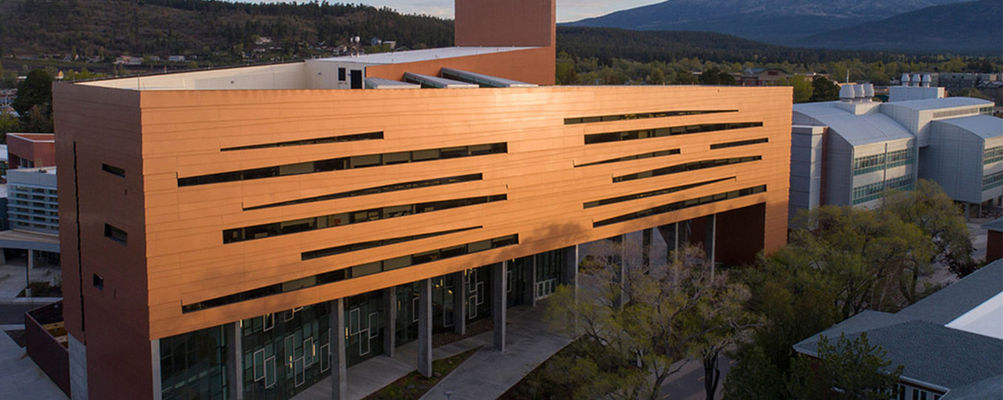Read more about: Tips For Reading in IELTS Exam | IELTS Academic Reading | IELTS Reading Tips And Tricks | IELTS Reading Band Score | IELTS General Reading Test | IELTS Reading Section |
Questions 1-7
Do the following statements agree with the information given in the reading passage? In boxes 1-7 on your answer sheet, write –
TRUE – If the statement agrees with the information
FALSE – If the statement contradicts the information
NOT GIVEN – If there is no information on this
1. There’s little economic difference between members of a clan.
Answer – TRUE
Explanation: Paragraph B of the reading passage talks about a clan in detail. The writer reveals that a clan is usually composed of members who are kinsfolk to each other. Then, in the following sentence, the writer says that due to a lack of formal leaders, most clans have no distinctive economic disparities or differences among the members. Hence, the statement is true.
2. The farmers of a tribe grow a wide range of plants.
Answer – NOT GIVEN
Explanation: The Types of Societies reading answers paragraph C talks about a tribe in detail. The writer starts the paragraph by saying that a tribe is only slightly larger than a clan, with the number of its members confined to a few thousand. They mention that tribe members mainly survive on domesticated animals and cultivated plants. However, no specific mention is made of growing a wide range of plants.
3. One settlement is more important than any other settlement in a tribe.
Answer – FALSE
Explanation: The answer to this question may be found in Paragraph C of the Types of Societies Reading Passage. Towards the middle of the paragraph, the writer mentions tribal settlements. We know that these settlements usually pattern themselves after villages or agricultural homesteads. In the following sentence, the writer says that no one settlement in a tribe dominates the others, but archaeological evidence points towards independent, permanent houses, Hence, the statement is false.
4. A member’s status in chiefdom is determined by how much land he owns.
Answer – FALSE
Explanation: Paragraph D of the Reading Passage offers the answer to this question. Under Chiefdom, the writer says that a chief governs each society, and there is no clear distinction between classes. However, it is also mentioned that a member's rank or status in chiefdom is determined by how closely they are related to the ruling chief. So, it is related to the chief, not land ownership, that determines member status in the chiefdom. Hence, the statement is false.
5. There are people who craft goods in the chiefdom.
Answer – TRUE
Explanation: Again, Paragraph D of the Types of Societies Reading Passage has the answer to this question. Towards the end of the paragraph, the writer talks about how the members of the chiefdom specialize in local craft products. These, along with foodstuff, are often paid to the ruling chief as an obligation. The chief may use the same as retainers or redistribute them among his subjects as he sees fit. Hence, the statement is true.
6. The king keeps the order of a state by keeping the military.
Answer – TRUE
Explanation: The answer to this question is provided in paragraph E of the Types of Societies Reading Answers. As the paragraph begins, the writer mentions how states are more or less similar to chiefdoms. But, a crucial difference between the two is that the ruling authority of a state (king or queen) has the right to establish law and order by means of a standing army or military. Hence, the given statement is true.
7. Bureaucratic officers receive higher salaries than other members.
Answer – NOT GIVEN
Explanation: In Paragraph D of the Reading Passage, mention is made of bureaucratic officers in a king's early state. Towards the middle of the paragraph, the writer discloses that a group of bureaucratic officials ran the central capital. Then, they proceed to mention these officers' role, mainly to collect taxes from the masses. However, no mention is made of whether or not the bureaucratic officials are paid higher than other state members.











